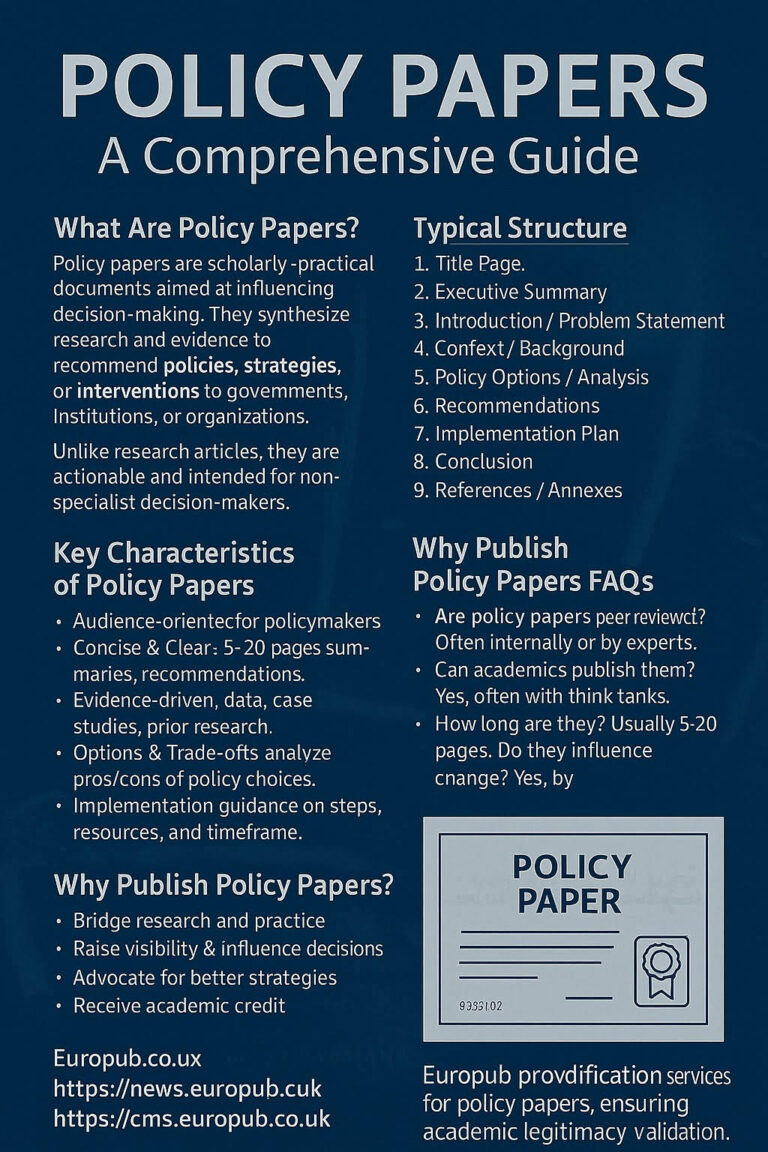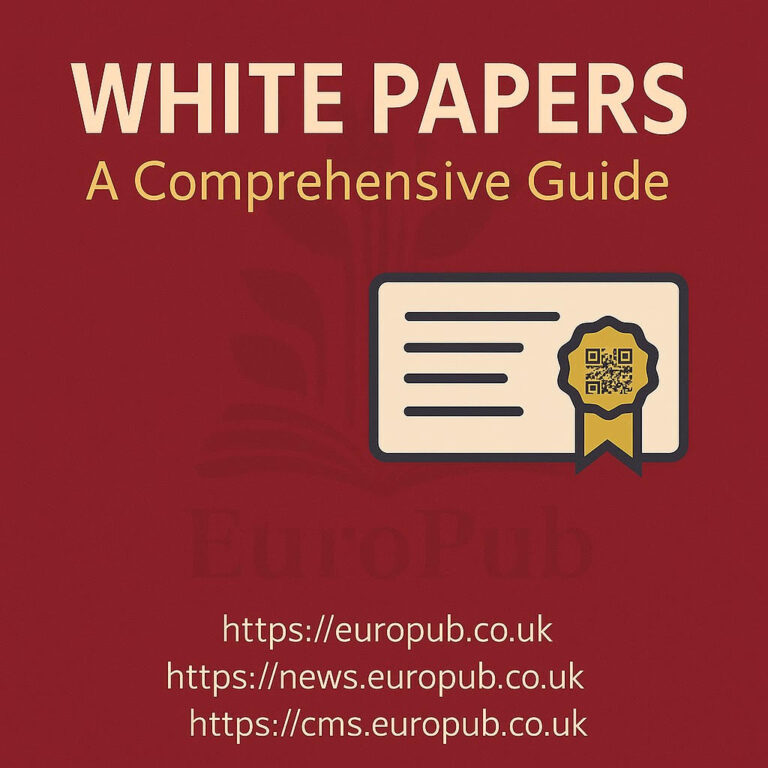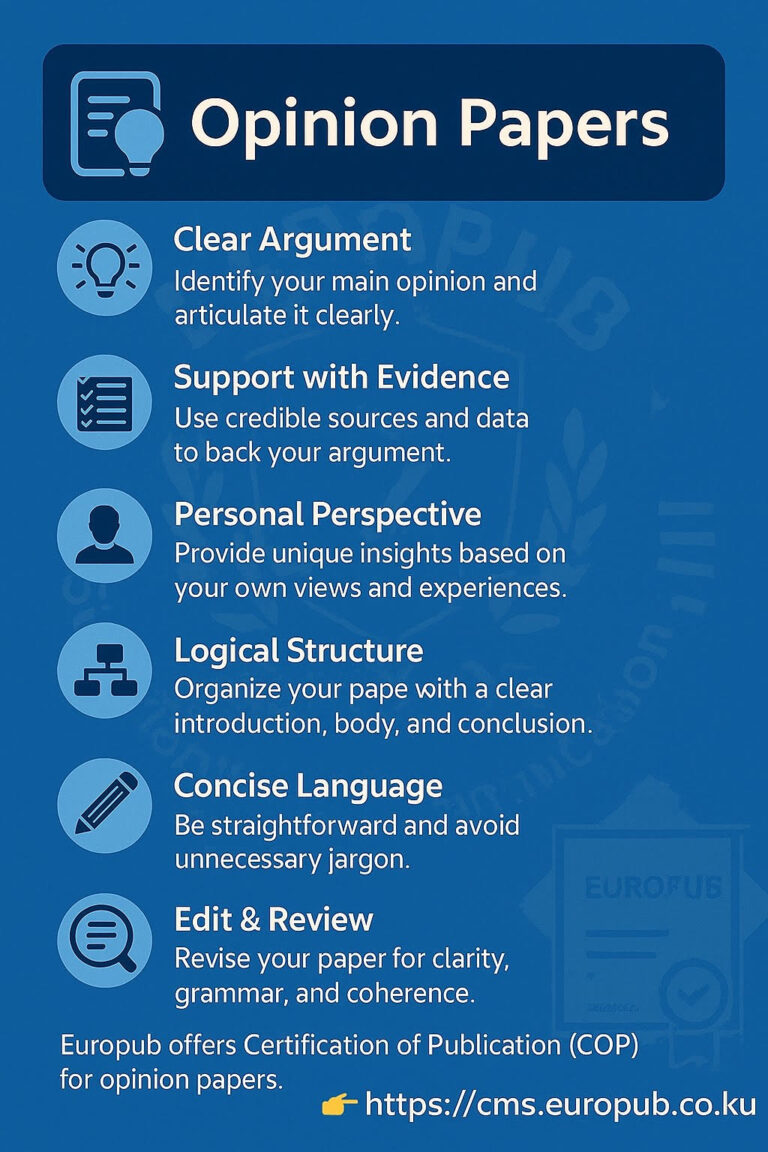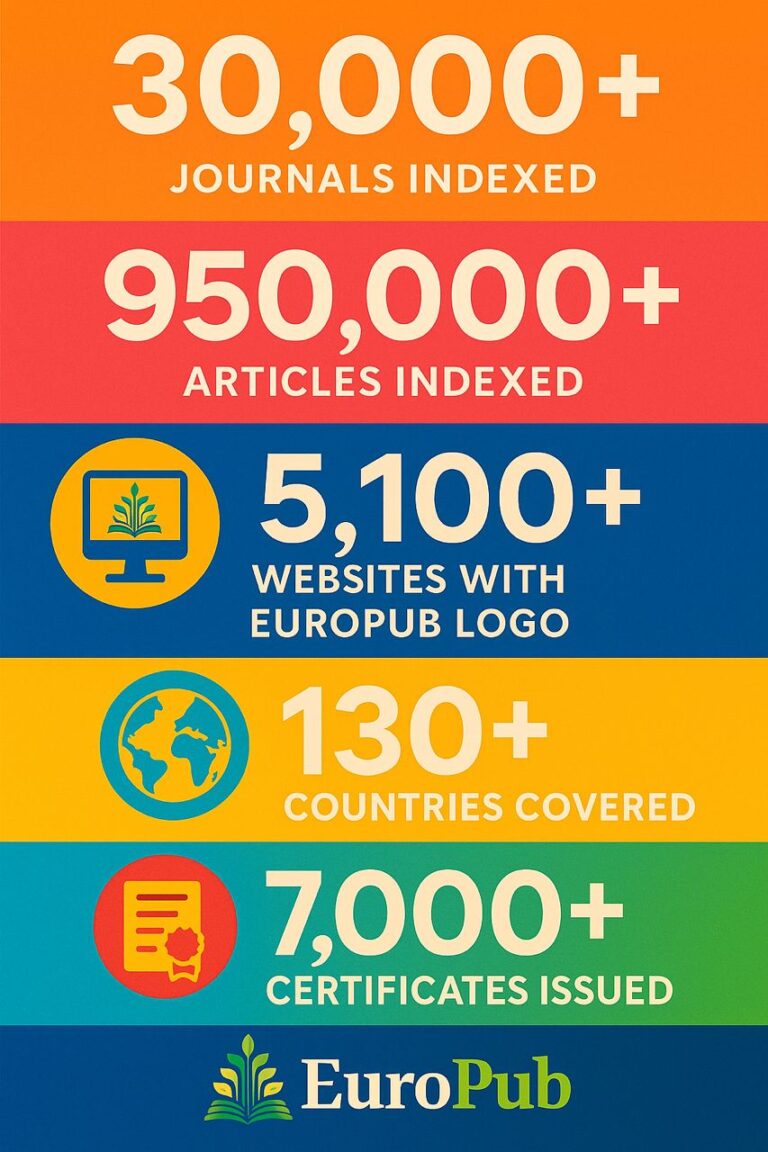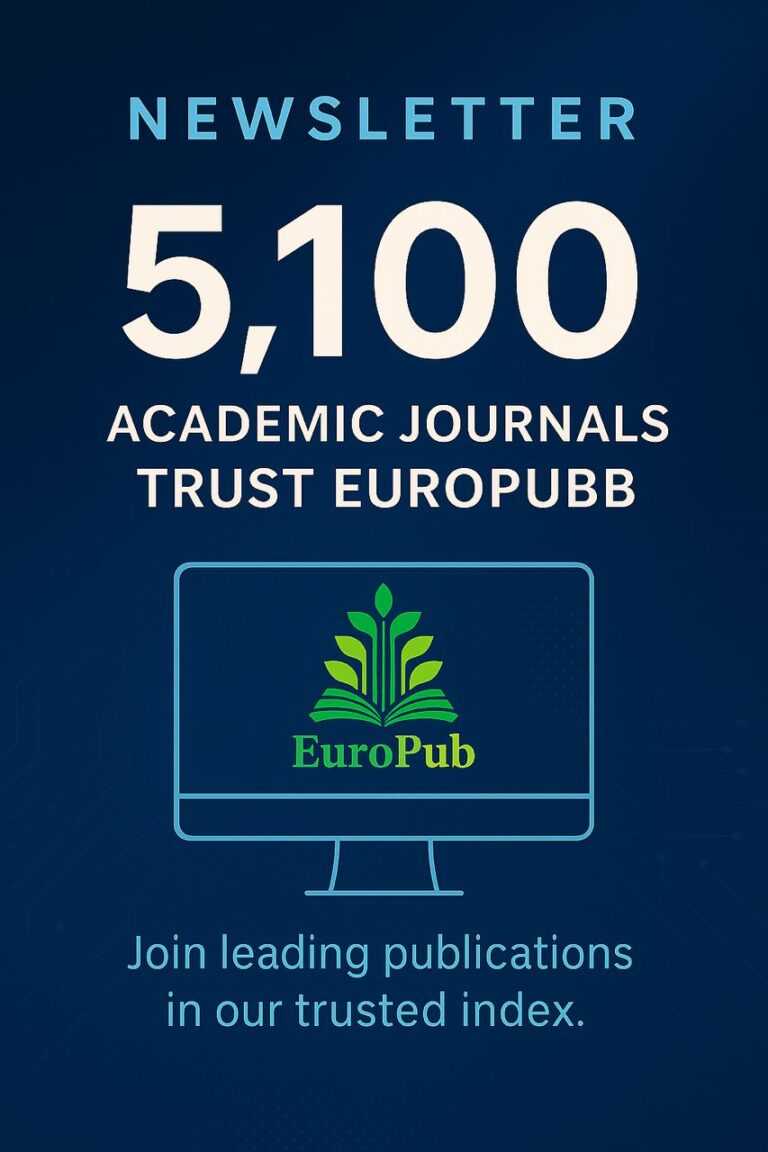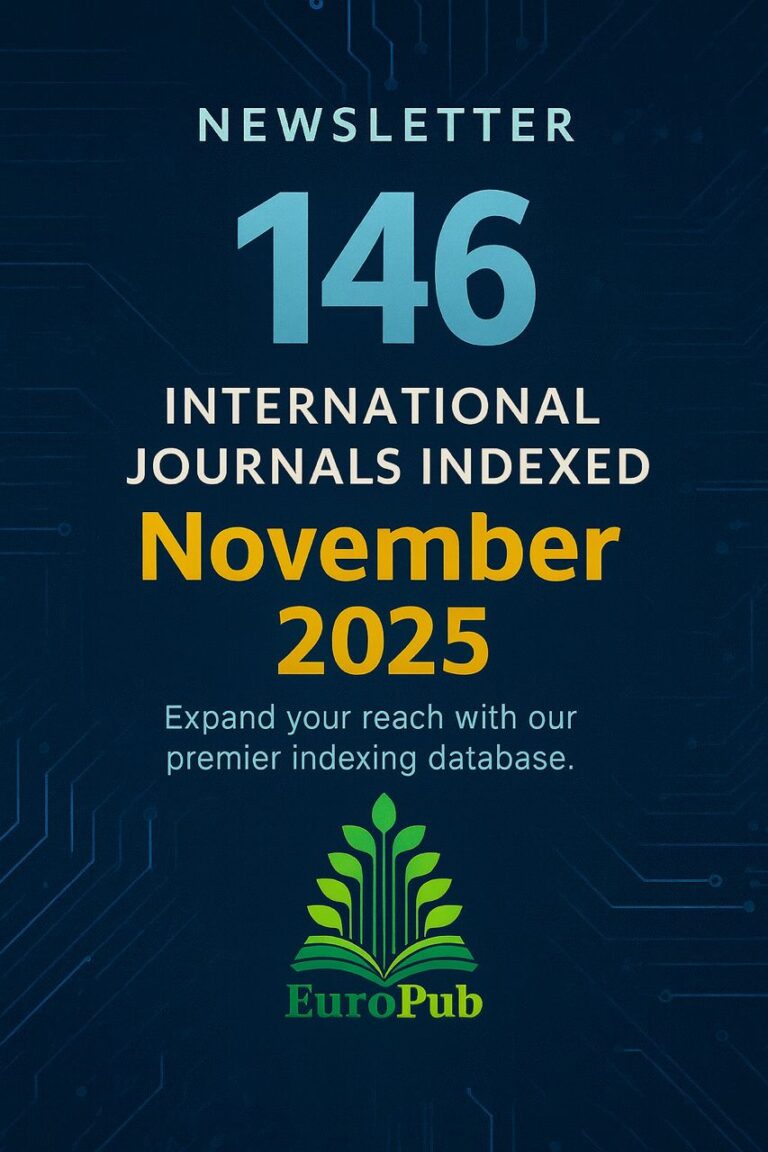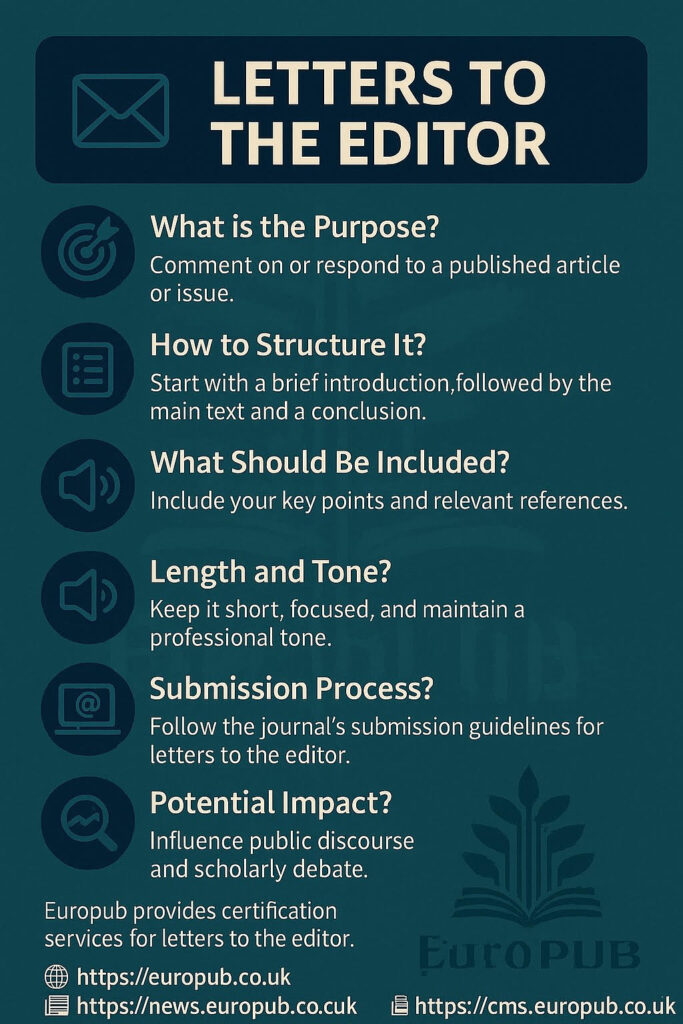
What Are Letters to the Editor?
Letters to the Editor (LTEs) are short scholarly pieces written in response to articles previously published in a journal. They provide a platform for readers, researchers, and practitioners to:
- Critically evaluate published work.
- Offer alternative interpretations of data or results.
- Highlight overlooked aspects, errors, or ethical concerns.
- Present brief but important scientific observations.
LTEs are usually concise, ranging between 300–1000 words, and are a critical part of fostering scientific dialogue within the academic community.
Characteristics of LTEs
- Conciseness – Short and focused, without unnecessary detail.
- Clarity – Arguments should be easy to follow.
- Evidence-Based – Supported with references and data when necessary.
- Professional Tone – Respectful language, even in cases of disagreement.
- Timeliness – Typically submitted soon after the original article is published.
Why Are LTEs Important in Academia?
- Facilitate Dialogue → Encourage communication between authors, readers, and editors.
- Promote Transparency → Allow for corrections and clarification of scientific claims.
- Enhance Visibility → LTEs can attract attention in the academic community, often receiving citations themselves.
- Train Young Researchers → Writing LTEs is a great way for early-career scholars to practice academic writing and engage in debates.
- Improve Journal Impact → Active LTE sections signal a vibrant and critical readership.
Role of Europub in LTEs
Europub strengthens academic contributions by offering:
- Certification Services → Researchers who publish LTEs can request an official Europub Certificate for academic recognition.
- Eurocode Integration → Each certificate includes a unique Eurocode for online verification.
- Global Visibility → Certificates can be shared on CVs, LinkedIn, ORCID, or academic websites.
- Expert Support → Authors can request guidance from the Europub team when preparing LTEs.
 Europub Certificate Management System
Europub Certificate Management System
Frequently Asked Questions (FAQs)
General Questions
Q1. How long should a Letter to the Editor be?
 Typically between 300–1000 words, depending on the journal’s guidelines.
Typically between 300–1000 words, depending on the journal’s guidelines.
Q2. Can I write a LTE if I am not the original article’s author?
 Yes. Any researcher, practitioner, or reader can write an LTE, provided it is relevant and evidence-based.
Yes. Any researcher, practitioner, or reader can write an LTE, provided it is relevant and evidence-based.
Q3. Do LTEs go through peer review?
 In most journals, they are reviewed by the editor or associate editors. Some may undergo a short peer review.
In most journals, they are reviewed by the editor or associate editors. Some may undergo a short peer review.
Q4. Do LTEs count as publications?
 Yes, they are citable contributions and often indexed in Scopus or Web of Science.
Yes, they are citable contributions and often indexed in Scopus or Web of Science.
Content & Structure
Q5. What should I include in a LTE?
- Reference to the original article.
- Your critique, clarification, or alternative interpretation.
- Supporting evidence and citations.
- A brief conclusion.
Q6. Can I add new data in a LTE?
 Some journals allow brief original data if it strengthens the argument, but LTEs are generally not for full data presentation.
Some journals allow brief original data if it strengthens the argument, but LTEs are generally not for full data presentation.
Q7. Should I use figures or tables?
 Rarely. LTEs are usually text-heavy, but small tables or one figure may be allowed.
Rarely. LTEs are usually text-heavy, but small tables or one figure may be allowed.
Impact & Recognition
Q8. Do LTEs increase my academic reputation?
 Absolutely. They demonstrate critical thinking and engagement with the scientific community.
Absolutely. They demonstrate critical thinking and engagement with the scientific community.
Q9. Can LTEs be cited?
 Yes. Many LTEs are cited, especially if they highlight significant errors or propose novel insights.
Yes. Many LTEs are cited, especially if they highlight significant errors or propose novel insights.
Q10. Will Europub issue certificates for LTEs?
 Yes. Europub issues official LTE Contribution Certificates with a Eurocode for validation.
Yes. Europub issues official LTE Contribution Certificates with a Eurocode for validation.
Ethical Considerations
Q11. What if my LTE is critical of another author’s work?
 Maintain professionalism. Critique ideas, not people. Editors favor respectful, evidence-based arguments.
Maintain professionalism. Critique ideas, not people. Editors favor respectful, evidence-based arguments.
Q12. Can LTEs lead to retractions or corrections?
 Yes. If a LTE exposes a serious error or misconduct, it can trigger corrections or even retractions.
Yes. If a LTE exposes a serious error or misconduct, it can trigger corrections or even retractions.
Q13. Can I write an LTE anonymously?
 Rarely. Most journals require full author details for accountability.
Rarely. Most journals require full author details for accountability.
Practical Questions
Q14. How soon should I write a LTE after reading an article?
 Preferably within a few weeks or months, depending on the journal’s policy.
Preferably within a few weeks or months, depending on the journal’s policy.
Q15. Is there a publication fee for LTEs?
 Many journals publish LTEs free of charge, but some may have processing fees.
Many journals publish LTEs free of charge, but some may have processing fees.
Q16. How do I know if a journal accepts LTEs?
 Check the Author Guidelines section of the journal’s website.
Check the Author Guidelines section of the journal’s website.
Q17. Can students publish LTEs?
 Yes. Students can publish LTEs under their own name or with supervisors as co-authors.
Yes. Students can publish LTEs under their own name or with supervisors as co-authors.
 In summary:
In summary:
Letters to the Editor are short but impactful contributions that allow researchers to engage in academic conversations. With Europub’s certification system, these contributions gain formal recognition and validation, strengthening the author’s academic profile.
